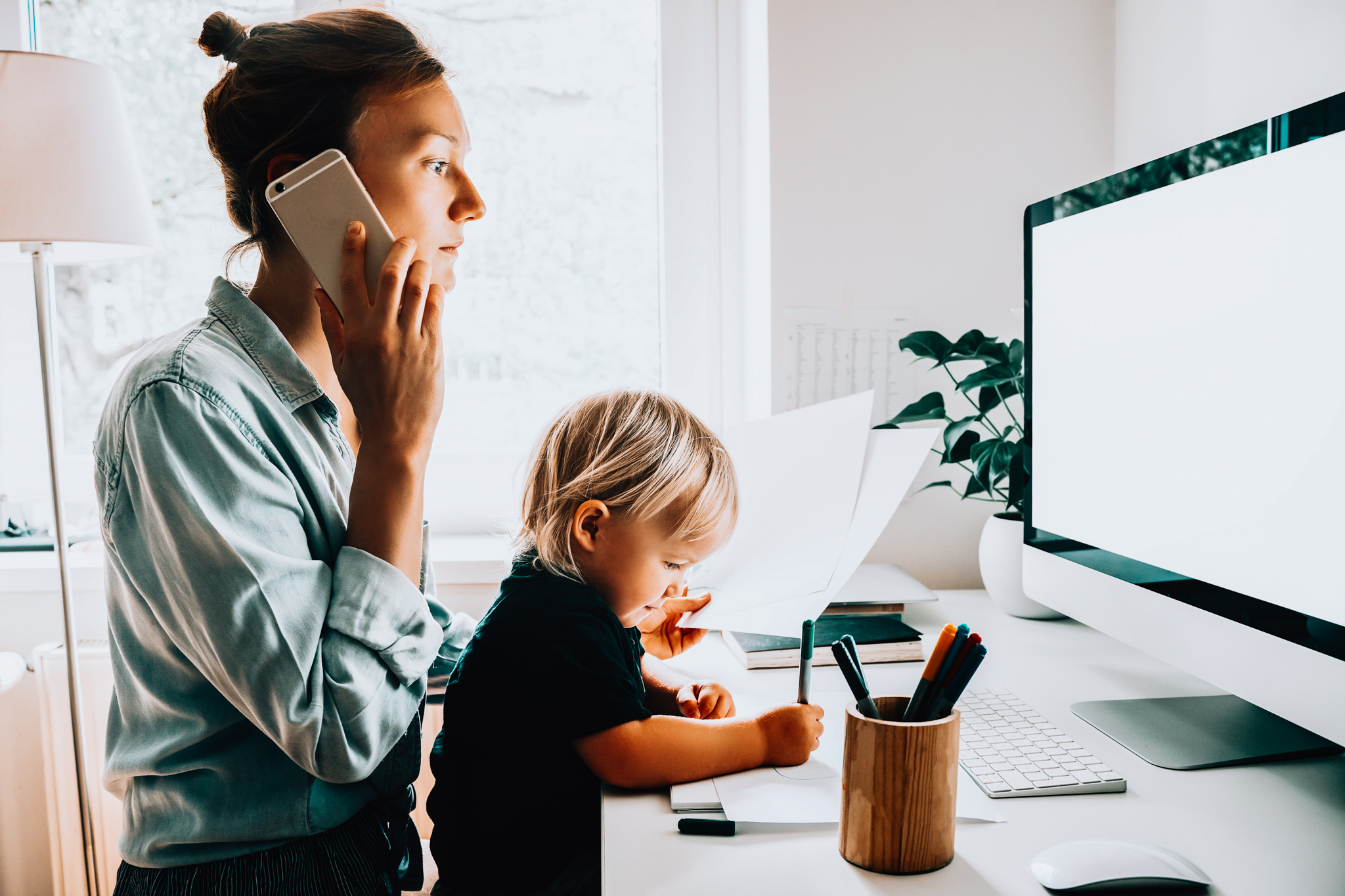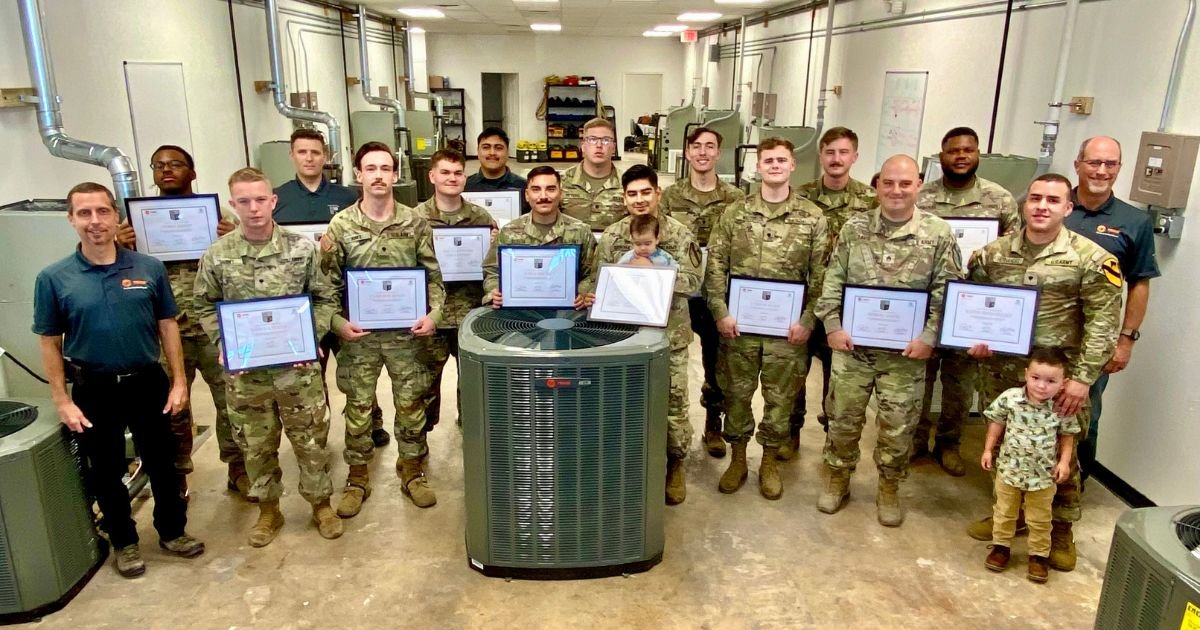Online tutoring became widespread during the early days of the COVID-19 pandemic. As things improved, and teachers and students started to return to the physical classrooms, online learning lost a bit of its momentum.
However, as we now face a menacing threat from the Omicron variant, classes are shifting online once again. This time though, classes might go hybrid. That means both in-person, as well as virtual classes, are likely to run parallel to one another. Students can attend these classes however they feel comfortable.
That being said, teachers and college students who were offering online tutoring sessions might now have to look for a similar model to accommodate their pupils. While they can take virtual classes from the comfort of their homes, the same is not possible for in-person tutoring. However, with a few tweaks to any unused bedroom or space in their house, they can turn it into a classroom for students.
In case you too are interested to see how you can make this work, keep reading. Then, try implementing the ideas we are suggesting below.
Choosing the Right Room
Ideally, you want a room big enough to accommodate all your students. At the same time, the room needs to be suitable for taking classes. Apart from artificial lighting, make sure the room has access to sufficient natural lighting. Do not tutor your students in closed spaces like a garage or storage space. That will not do your students any good, and will instead repel them.
While deciding on the room, take the number of students into account. The more students you tutor at a time, the bigger the room needs to be. The space has to account for the number of students and social distancing guidelines.
Since COVID is still a looming threat, it is best if you only tutor a limited number of students at a time. You can also refer to your school district’s guidelines regarding how many students you should allow in your class. For instance, authorities in California suggest 59 square feet of space per elementary school student, 80 square feet for middle schoolers, and 94.6 square feet per high school student.
Knowing Your Students
You can teach kids from elementary, middle, or high school. And knowing which category of students you are going to teach will help you set up the chairs and tables.
For instance, elementary school kids need to engage with one another more frequently to develop their social skills. So you can have three or four of them sit on a large round table. Middle and high schoolers should have separate chairs and classroom desks.
Following this style can get tricky if you are tutoring kids from different grades. In that case, you either have to use two different rooms or rearrange the seating before class starts.
Buying School Furniture
Since you are trying to establish a classroom-like environment, it is only fitting that you opt for school furniture.
Browse through the school furniture catalog and check out the various desks for schools first. These school desks come in different styles. Combination classroom desks would be perfect for small spaces. Each student desk will have a table-chair setup that does not take up too much space. You can also opt for separate chairs and desks if your makeshift classroom is big enough.
These combination desks will cost around $60 per unit. There are also expensive ones that cost over $200 per unit, but the cheaper ones will work just fine. Buying disjoint classroom chairs and tables will cost around $150 to $200 per pair.
While shopping for desks and chairs, feel free to grab a whiteboard too. After all, you will need something to write on as you conduct your classes.
Setting Up a Multimedia System
For ensuring an interactive experience, simply set up a 32 or 40-inch TV in your classroom. You can share videos and presentations with your students by simply connecting the TV with your laptop via an HDMI cable. A multimedia system will also let you take hybrid classes, although that can get messy at times.
So there you go. This is all you need to know for setting up a tutoring classroom at your home. Be patient as you go through these steps, and do not hesitate while gathering the resources you need to conduct the classes smoothly.


.jpg)










